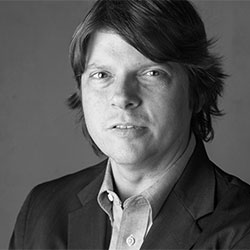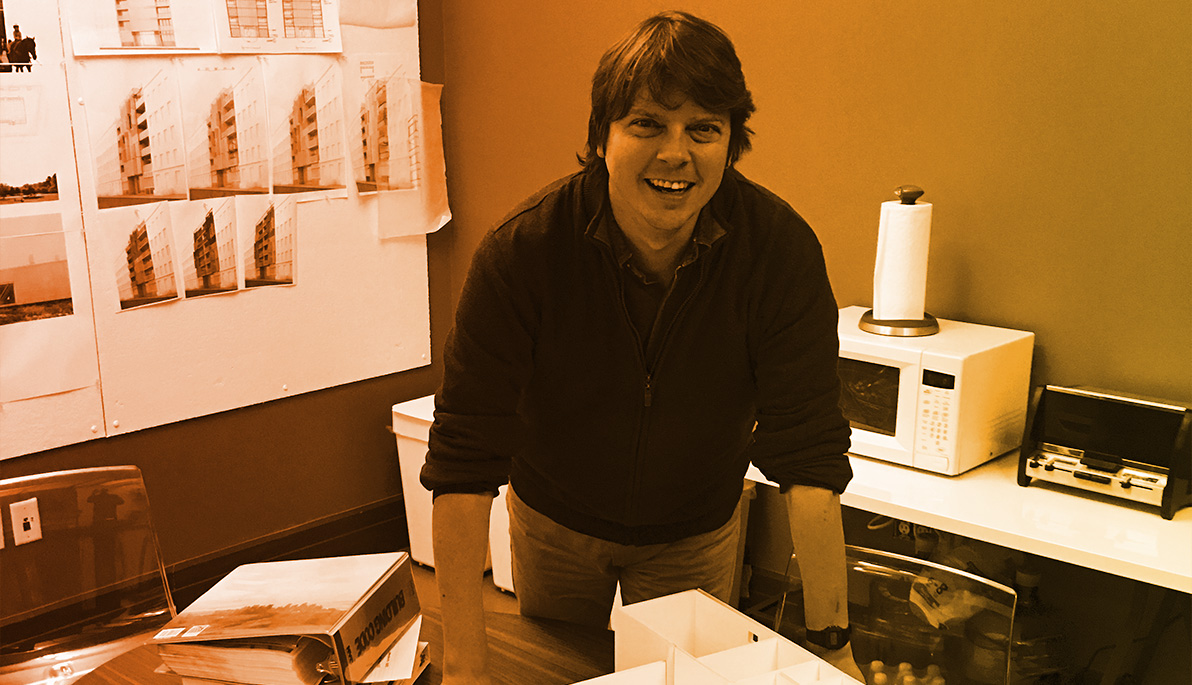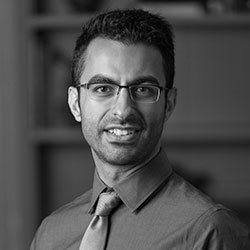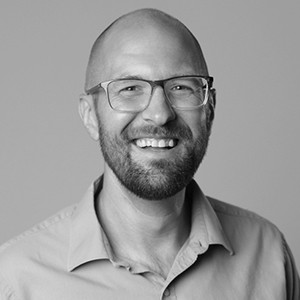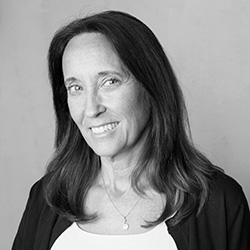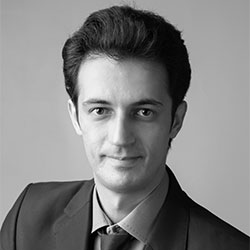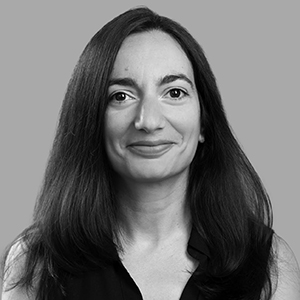Building Teams: Architecture, Technology, and Construction
As an undergrad architecture student in the late 1980s, Associate Professor Matthias Altwicker was encouraged to take charge of his projects instead of following a prescribed design process. “This approach placed a lot of pressure on us students,” he says, “but it also gave us responsibility and agency that prepared us to be architects.”
As an instructor of design studios and building technology courses in the School of Architecture and Design, Altwicker likewise expects his students to “develop ownership of their work.”
Also a practicing architect, Altwicker answered questions for The Box about his time at New York Tech and the students who inspire him.
Describe a misconception about architecture and architectural technology. What is the truth behind the misconception?
The common misconception is that there is a difference between designers and builders The truth is that architecture requires a team of people with different focuses and interests. What makes ideas into places we can experience is the collaboration among designers and builders. To make a great work of architecture, every member of that team needs to be skilled and synchronized with one another.
What are the moments with students that most stand out in your memory?
Every year I meet a new group of students with a youthful passion for architecture that makes teaching and architecture continuously exciting.
Many moments stand out. The most recent one was the opening of the Housing Density exhibition at the Skyscraper Museum. This was an exhibition of research done by undergraduate students from both the architecture, B.Arch. and architectural technology B.S.A.T. programs.
The exhibition was reported in The New York Times, and the positive response to the work and ideas in the exhibition was a testament to our students’ commitment and collaboration. Many have begun their architecture internships focusing on topics they learned from this research, and some have ended up working with city planning.
Tell us about a former student (or several) who inspires you.
My entire thesis class from 2007-2008 still inspires me. They were a truly diverse group of eight individual thinkers. I love seeing how many different ways they have gone in their professional lives, from international practices, teaching, and leadership roles in firms to infrastructure design and construction management.
I am fortunate to still be in contact with many former students, and I really cherish that.
Why did you join New York Tech?
I came to New York Tech because I was asked to reconsider how building technology could be integrated within the curriculum. This challenge was particularly exciting because the B.S.A.T. and B.Arch. curricula overlap most directly in the area of building technology.
The effort to bring building technology into the curriculum shows that this is a place that thrives on diverse viewpoints on the making of architecture.
How does the B.S.A.T differ from the B.Arch.? What kind of student thrives in each program?
There are curricular differences between the degrees (length of study, specific courses), but the real difference is in the personal goals the students have as they begin their studies.
In truth, many students who studied in one degree have changed their focus as their careers have advanced. Their evolution throws a positive light on the flexible thinking they learn here at New York Tech.
How does the fact that you are a practicing architect influence your work in the classroom?
As a practicing architect, I have no choice but to keep up with the developments of the world, and this continuously changes what I know and what I should communicate to students.
I cannot imagine being a professor without being a practicing architect. Practice has many manifestations, and it creates a wonderful variety of experiences for both professors and students.
